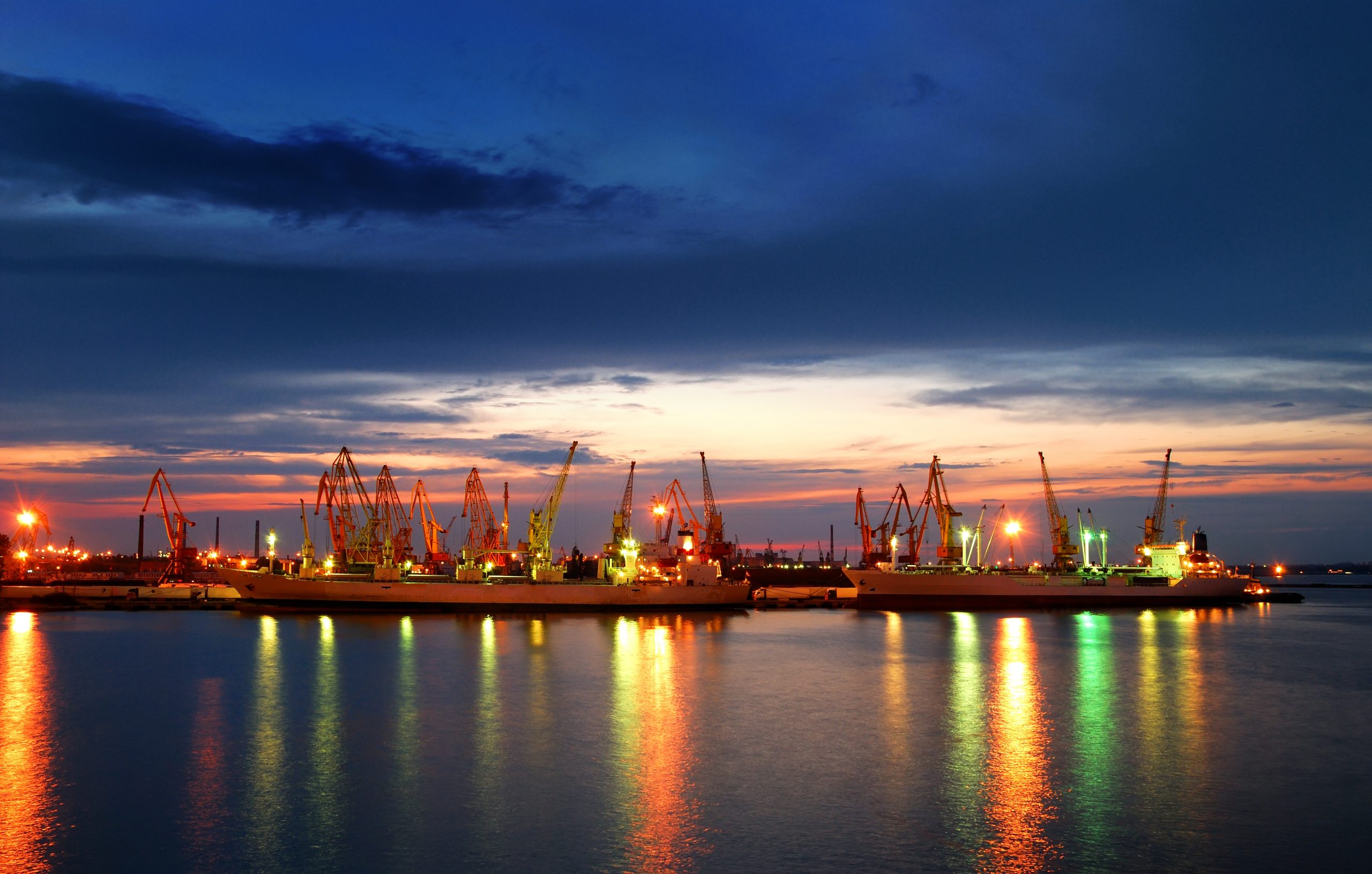Whilst we’ve already had the shortest day of the year, winter is far from over, and we’ve still got many more dark, overcast and gloomy days and nights ahead.
Having high performance navigation lights at this time of year is essential. Of course there is navigation during the nights to consider, and then you need to ensure the safety of those travelling by your offshore assets and through your harbours, ports and waterways.
Safety is always paramount, but it is especially necessary when daylight conditions are poor. Just as on the roads, on the water there is a seasonal increase in accidents because of poor visibility. While mariners bear responsibility for ensuring they are navigating safely in adverse conditions, you will need to make sure that marine navigation lanterns are in good order too.
Winter inspections, maintenance and replacements
Mid-winter is not a time when you want to be repairing and replacing failed navigation lights. Ideally you want the peace of mind that they are in top condition and doing the job they’re designed for 24/7. Maintenance work will be very difficult to manage in stormy weather conditions, so it is important to inspect lights now if conditions are favourable.
Self-contained solar lights are an efficient, effective and convenient way to navigate. But in some instances, poor sunlight can result in a decrease in performance and with the resulting poor visibility, accidents can happen. Therefore, if you haven’t already, you may wish to inspect your lanterns to check they’re in good working condition.
Self-contained solar lights do have a back up battery, but if that’s not been tested recently, you could find it’s been drained over the summer and autumn months. Not all solar lights will suffer from this issue, though, and there are many high performance self powered lanterns that can cope very well with the winter months – it’s just a question of having the right lights!
If you want long uninterrupted operation, we recommend self-contained lanterns from SABIK such as the SABIK SC 160I or the SABIK SC 160II. These include solar panels, battery and charge controller and are designed for harsh marine environments. The SABIK SC 160II has a range* up to 8 NM (Tc=0,74), 11 NM (Tc=0,85), and the SABIK SC 160II a range* up to 10 NM (Tc=0,74), 14 NM (Tc=0,85). These are best in class LED lanterns that will see you through the winter months and beyond.
Synchronised navigation lights
As well as inspecting lights to ensure they’re working, and replacing those that are not, you should also consider whether synchronised navigation lights would improve safety. Poor visibility can make it difficult for mariners to judge the distance between navigation lights, especially against a background of other lights such as in a port or harbour. Using synchronised marine navigation lanterns that are set to demarcate a navigable channel, can reduce accidents and protect structures and other assets.
If you would like some advice on navigation aids, and particularly marine navigation lanterns, please get in touch. We are also happy to answer questions and discuss your specific challenges or requirements, and offer advice on best practice. Call +44 (0)1420 520374 or email sales@hydrosphere.co.uk
* depending on geographical location








